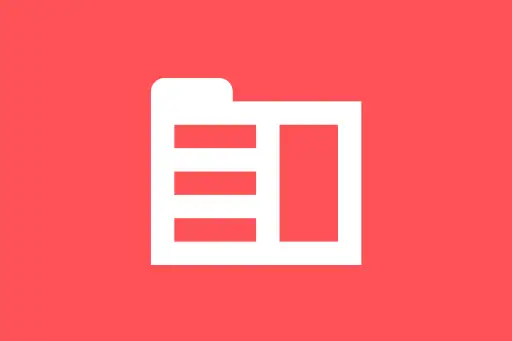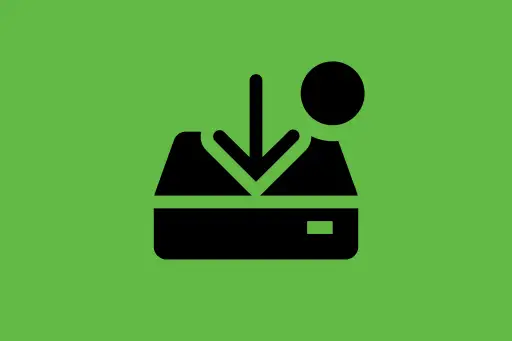What is MongoDB? (NoSQL vs SQL)
What is MongoDB? (NoSQL vs SQL)
MongoDB is a document-oriented NoSQL database used for high-volume data storage. Instead of using tables and rows like traditional relational databases (SQL), MongoDB uses collections and documents.
Each document in MongoDB is a JSON-like object called BSON (Binary JSON), which allows for embedded data and flexible schemas.
Why learn MongoDB?
MongoDB is widely used in modern applications due to its:
- Flexible schema — no need to define tables up front
- Scalability — great for big data and horizontal scaling
- JSON-like structure — naturally maps to code objects (JavaScript, Python, etc.)
SQL vs NoSQL — The Difference
| SQL (Relational) | NoSQL (MongoDB) |
|---|---|
| Uses tables and rows | Uses collections and documents |
| Fixed schema | Dynamic schema (flexible) |
| Relationships using joins | Embedded documents or references |
| Good for structured data | Great for semi-structured or unstructured data |
Intuition Check
Q: If you’re building an application where different users have different fields in their profile, would SQL or MongoDB be easier to work with?
A: MongoDB! Because you don’t need to predefine a schema. One document can have a name and age, another might have name, age, and hobbies — and that’s totally okay.
Example 1: SQL Table vs MongoDB Document
In SQL:
CREATE TABLE users (
id INT,
name VARCHAR(50),
age INT
);
INSERT INTO users VALUES (1, 'Alice', 25);In MongoDB:
db.users.insertOne({
_id: 1,
name: "Alice",
age: 25
}); {
acknowledged: true,
insertedId: 1
}
Explanation: MongoDB stores data as documents in collections. There's no need to define the structure before inserting data. It's simple and fast.
Example 2: Flexible Schema in Action
You can insert different shaped documents into the same collection:
db.users.insertMany([
{ name: "Bob", age: 30 },
{ name: "Charlie", hobbies: ["chess", "cycling"], location: "India" }
]); {
acknowledged: true,
insertedIds: [ObjectId("..."), ObjectId("...")]
}
Explanation: Notice how the second document has completely different fields? MongoDB allows that flexibility, which is powerful in agile development environments.
Intuition Check
Q: Is it possible to store nested objects or arrays in SQL tables directly?
A: Not easily. SQL would need foreign keys and joins. MongoDB can directly store nested arrays and objects. This is useful for storing things like a user's multiple addresses or product reviews inside a single document.
Example 3: Embedded Document
db.products.insertOne({
name: "Laptop",
price: 70000,
specs: {
brand: "Dell",
ram: "16GB",
storage: "512GB SSD"
}
}); {
acknowledged: true,
insertedId: ObjectId("...")
}
Explanation: The specs field is a sub-document (nested object). MongoDB handles this natively without additional joins or relations.
Key Terms Recap
- Document – A single record (like a row), stored in BSON format
- Collection – A group of documents (like a table)
- BSON – Binary JSON, supports more data types than JSON
Summary
MongoDB is a flexible, document-based NoSQL database perfect for modern applications with semi-structured data. It allows fast development, easy scaling, and natural data modeling using embedded documents and arrays.
Up Next:
Now that you know what MongoDB is and how it differs from SQL, let’s move on to installing MongoDB on your system and setting up MongoDB Compass.












Comments
Loading comments...